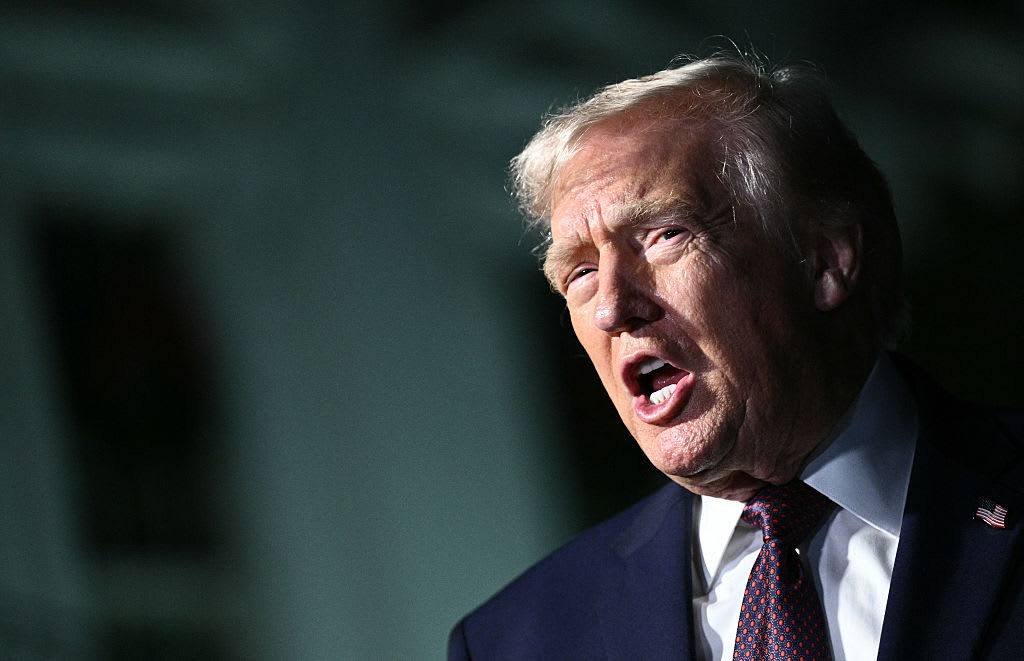China's nuclear expansion outpacing projected timelines, Pentagon report says
China has accelerated its production of nuclear warheads, and is significantly outpacing Pentagon estimates from last year, according to a Defense Department report released Wednesday.
China could develop over 700 nuclear warheads by 2027 and likely intends to produce over 1,000 warheads by 2030, "exceeding the pace and size the [Department of Defense] projected in 2020," according to the department's annual report to Congress on Chinese Military Power. The report is based on its assessment of China's military developments in 2020.
The Defense Department's report last year estimated China would have over 400 nuclear warheads by 2030.
"Over the next decade, China's nuclear warhead stockpile — currently estimated to be in the low-200s — is projected to at least double in size as China expands and modernizes its nuclear forces," the Pentagon's 2020 report said of developments observed in 2019.
According to the 2021 report, China has started to build at least three silo fields that could contain hundreds of silos that can launch nuclear-capable intercontinental ballistic missiles (ICBMs.)
The hypersonic test China conducted in August is not included in the report, but it discusses China's hypersonic development in 2020, noting that the Chinese military fielded an operational medium-range ballistic missile capable of carrying a hypersonic glide vehicle.
In recent months, China has flown a record number of military flights near Taiwan, raising concerns about a potential conflict. For instance, according to the report, China in 2020 now has options to defeat a potential third-party intervention in a Taiwan crisis.
Another feature of the annual report is its description of contacts and exchanges between the U.S. and China for the previous year, and this year, it describes the phone call on October 30, 2020 between Joint Chiefs Chairman General Mark Milley and his Chinese counterpart General Li Zuocheng. That call has already been the focus of extensive media attention because author Bob Woodward discussed it in his recent book "Peril," as one of two calls Milley made to Li to assure him that the U.S. would not launch an attack on China. At the time, China was concerned the U.S. intended to provoke a military conflict, so, at the direction of Defense Secretary Mark Esper, Milley addressed the concerns with his counterpart.
China announced in 2020 that its annual military budget would increase by 6.8%, according to the Pentagon report, continuing more than 20 years of annual defense spending increases. China holds its position behind the U.S. as the second-largest military spender.
Defense Secretary Lloyd Austin consistently calls China a "pacing" challenge for the Pentagon — that is, that the U.S. needs to keep up — a message that the department as a whole has embraced.
"We are gearing our capabilities, our programs, our training, our skills, our activities, et cetera, militarily with China in mind. There's no question about it," Milley said earlier this year.





